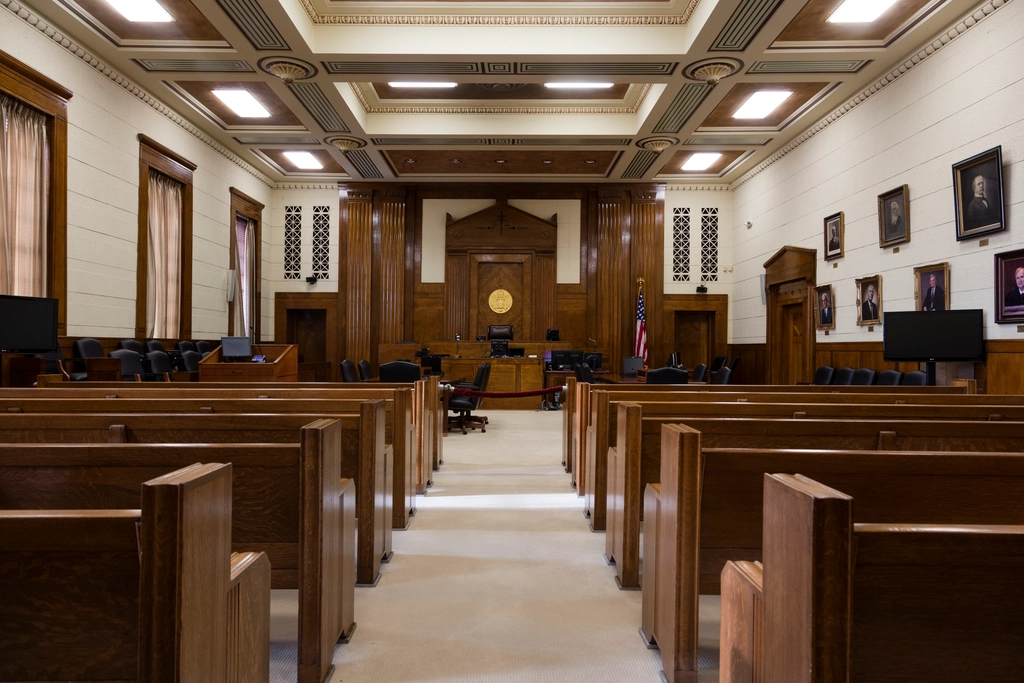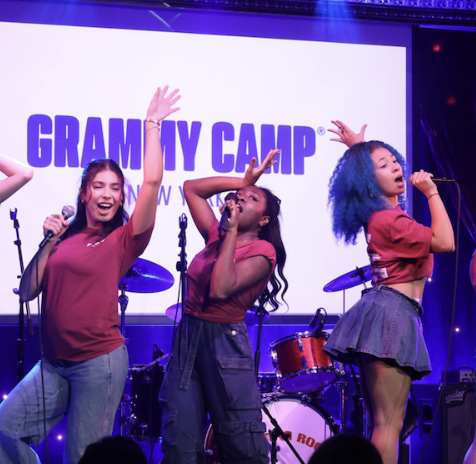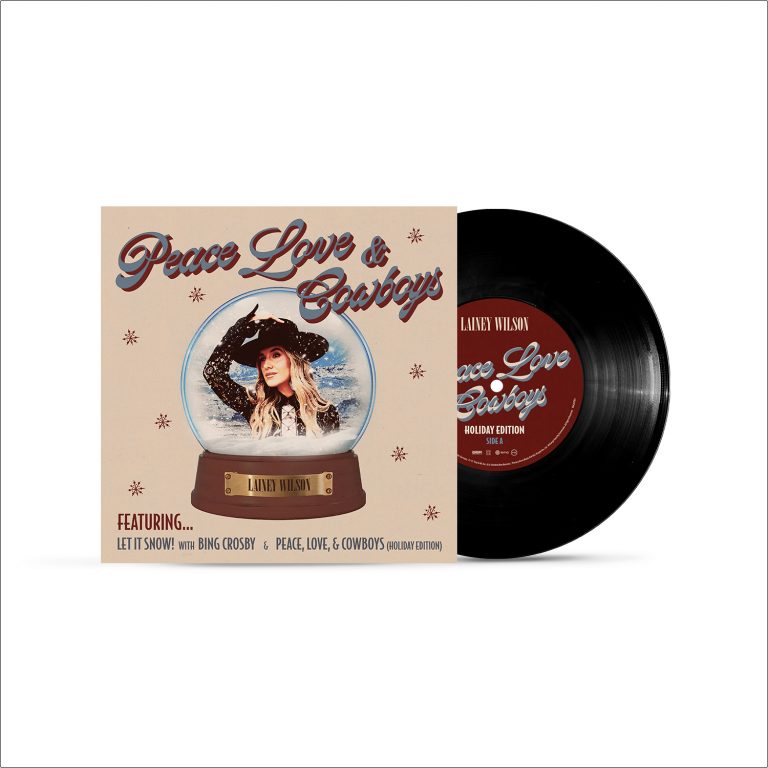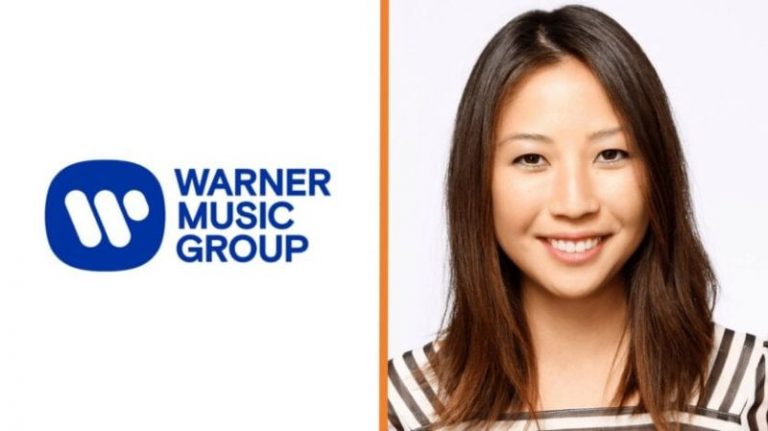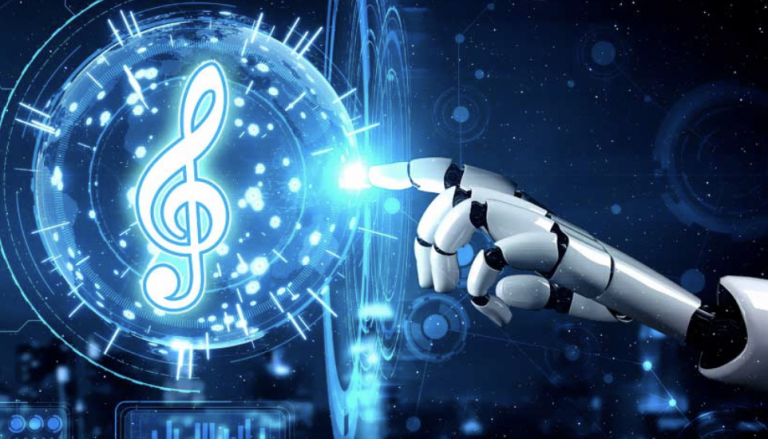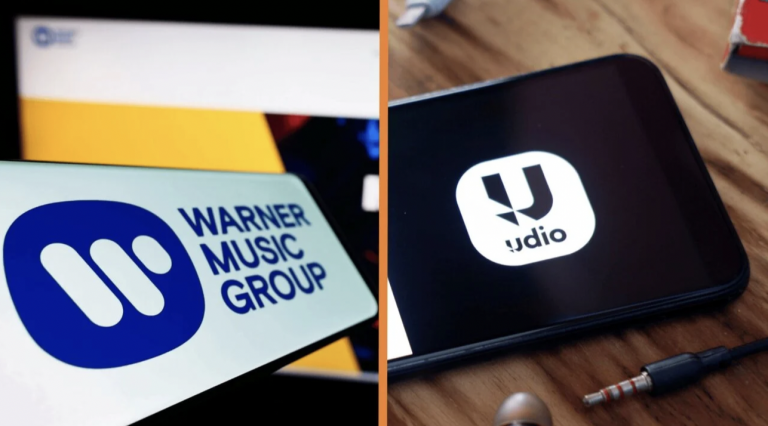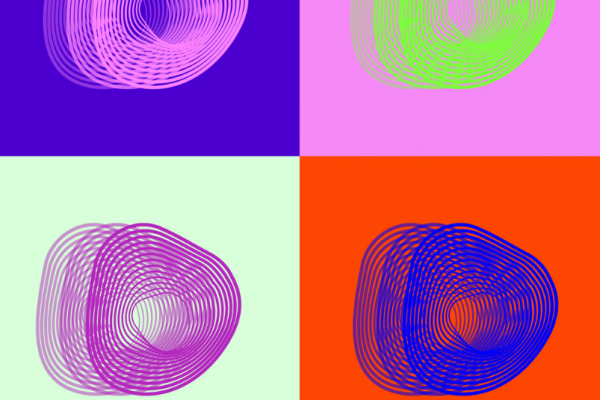
Music Giants Back AI Detection Tech
Universal Music Group and Sony Music announced that they will be enlisting the help of a startup Stanford-originated lab called SoundPatrol in order to scrutinize AI-generated music for copyright breaches.
New Methods for Audio Matching
The patent-pending method SoundPatrol uses to determine the source audio files that AI-generated audio uses is called “neural fingerprinting.” Current widely used fingerprinting models look for exact audio sample matches in music to determine if a copyrighted material was used, but since AI doesn’t generally create exact copies, SoundPatrol “employs neural embeddings that capture and analyze musical semantics in order to identify the influence of original human-created music in fully or partly AI-generated music content,” according to the lab in a press release.
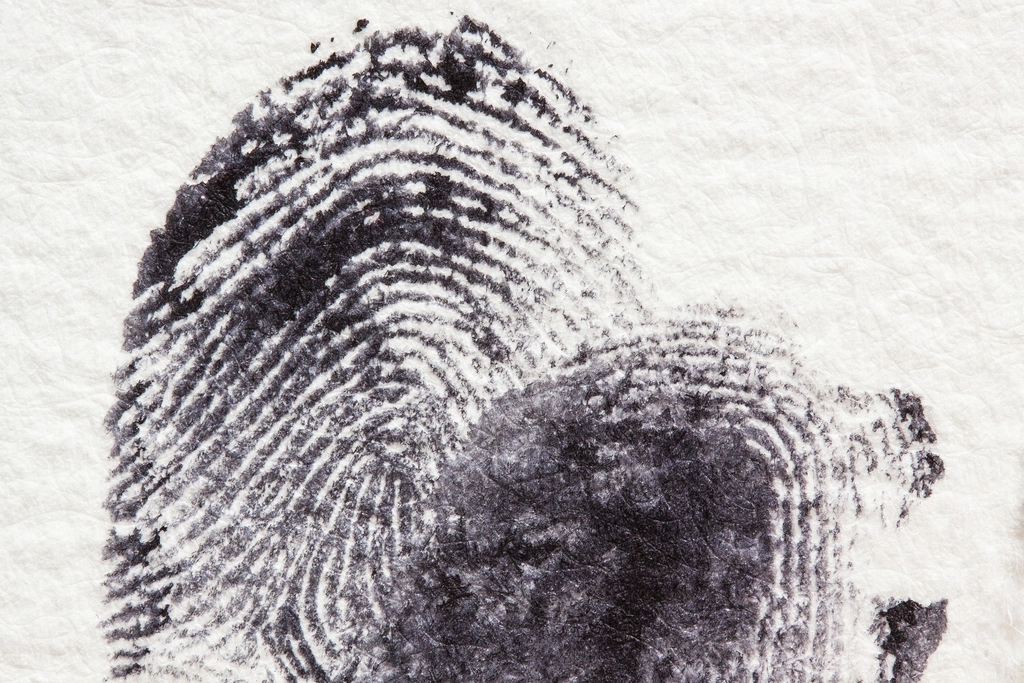
Neural Embeddings
If that’s confusing, it’s because “neural embeddings” aren’t exactly the thoughts of an AI music model, but instead they are numbers assigned to different musical patterns. For a very basic explanation, words, chords, melodies, and other musical elements are given a corresponding number, and SoundPatrol’s model identifies which numbers it can find in a given AI-generated track to see how much an AI-generated track’s numbers line up with those in a copyrighted track.

SoundPatrol as a Legal Tool
The music giants’ new collaboration with the lab, co-founded by Creative Arts Agency executive Michael Ovitz and linguist Walter De Brouwer, comes amidst the labels’ legal battle against AI music platforms Udio and Suno. Universal and Sony allege that these platforms have pirated their copyrighted music to train AI to make derivative tracks. “We’re committed to navigating this developing landscape by protecting [artists’] work while also exploring the innovative potential of these technologies,” said Dennis Cooker, Sony Music’s President of Global Digital Business. “Our collaboration with SoundPatrol is about respecting artists’ rights to build a sustainable and equitable ecosystem for everyone.”
